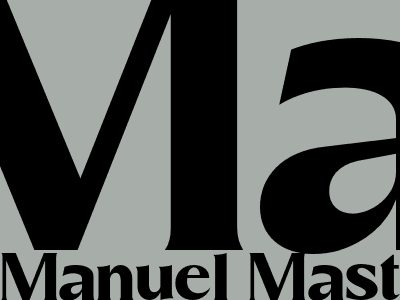Manuel Mastrapasqua and the Impact of Internal Linking on SEO
Introduction
In the ever-evolving landscape of search engine optimization (SEO), internal linking remains a crucial factor in boosting website rankings and providing a seamless user experience. Internal links connect different pages on the same website, aiding navigation, establishing relationships between content, and distributing link equity. Understanding and effectively implementing internal linking strategies are essential for website owners seeking to optimize their online presence.
Significance of Internal Linking for SEO
Improved Crawlability and Indexing
Internal links act as pathways for search engine bots to discover and index the entire website efficiently. By interlinking pages, you create a clear hierarchy and structure, making it easier for bots to navigate and understand the website's architecture, which positively impacts your search engine ranking.
Enhanced PageRank Distribution
PageRank is a metric used by Google to determine the importance and relevance of a webpage. Internal links distribute PageRank throughout the website, passing on authority to other pages. Strategic linking allows you to direct PageRank to important pages, boosting their visibility and search engine rankings.
Increased User Engagement and Reduced Bounce Rates
Well-placed internal links provide an enhanced user experience by seamlessly connecting related and informative content. When users find relevant information easily accessible within the website, they are more likely to stay engaged, explore deeper into the site, and reduce bounce rates. This behavior signals to search engines that your website is valuable and satisfying user intent.
Best Practices for Effective Internal Linking
Contextual and Relevant Links
The primary goal of internal linking is to provide value to users. Links should be placed naturally within the content, providing additional information or expanding on related topics. Avoid excessive or irrelevant linking, as it can confuse users and search engines.
Anchor Text Optimization
The anchor text used in internal links should accurately describe the linked page's content. Use specific keywords or descriptive phrases that provide context and help search engines understand the relevance of the link.
Strategic Linking Structure
Internal linking should follow a logical structure, reflecting the website's hierarchy and content flow. Create a clear path for users to navigate through the website, ensuring that important pages are easily accessible from various entry points.
Conclusion
Harnessing the power of internal linking is crucial for optimizing website performance in search engine results. By implementing these best practices, website owners can strengthen their internal linking strategy, enhance their crawlability, distribute PageRank effectively, and improve user engagement. These efforts contribute to a positive user experience, increased website visibility, and ultimately, improved search engine rankings.

Comments